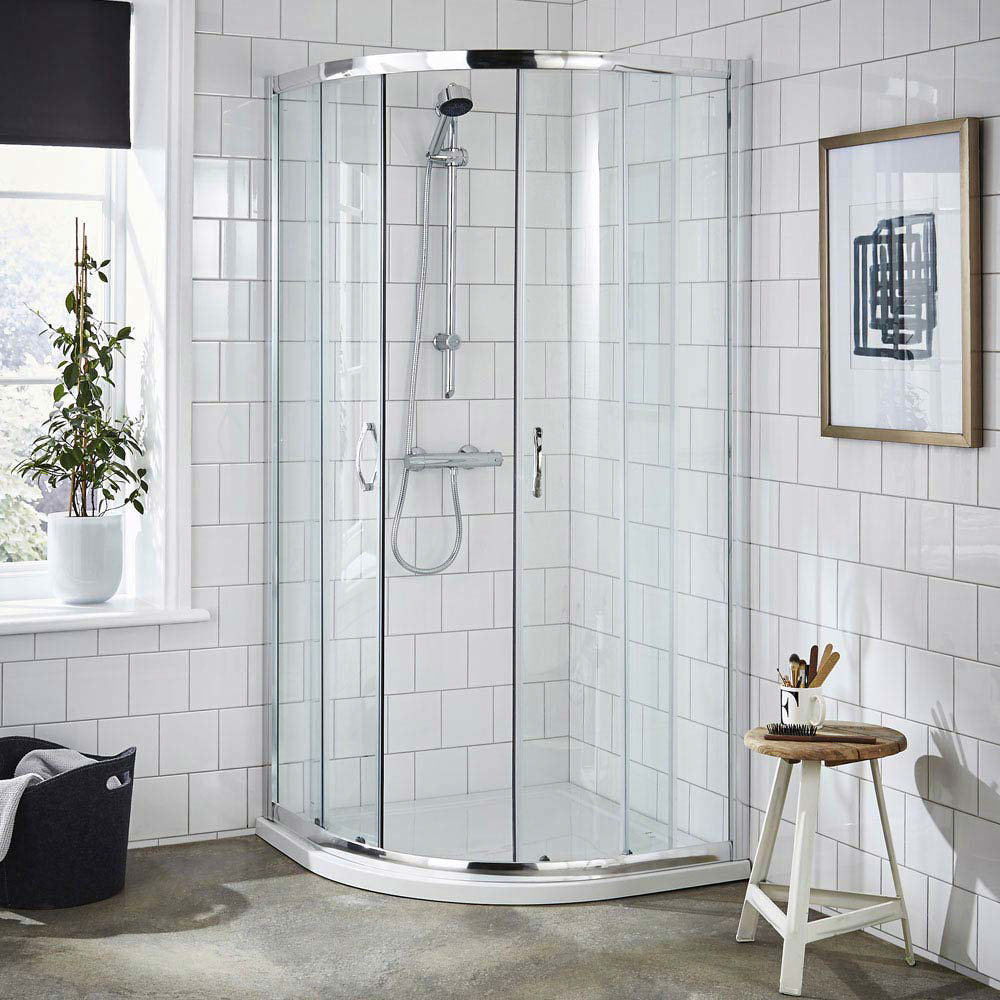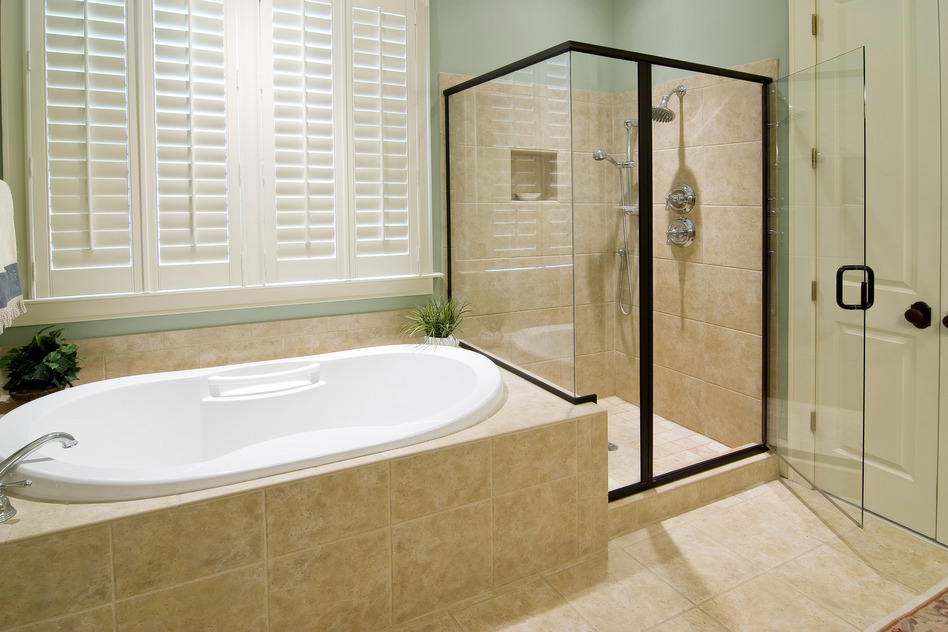Fast Ways to Install a New Shower Unit
Fast Ways to Install a New Shower Unit
Blog Article
This great article below involving How to Install a Shower Enclosure is absolutely captivating. Don't miss out on it.

A successful shower installment calls for mindful preparation as well as a lot of job. Most of the times, you will certainly need to do 3 kinds of jobs: framing wall surfaces, mounting the plumbing, and completing wall surfaces.
Preparation
To start with, you should pick the type of shower that you want to set up. It is important to establish whether the picked shower is capable of handling particular systems and can regulate a risk-free degree of water through the boiler. Many shower systems nowadays are created to be adaptable to various water stress (such as stored hot water and cold mains).
It is also important to take into account the water pressure and the planning of the piping as well as drainage for the shower
Different Types of Shower Units
Technique
Relying on the sort of shower you desire to mount, the shower head must either be suited order to prevent its contact with the water in the bathroom listed below or the base tray, or it has to have a check valve.
Prior to beginning, it is suggested to note the settings of the shower head as well as control, as well as to intend the pipe-work included. Additionally, the water drainage system to eliminate the waste water will certainly require to be intended. Both settings of the cable path and the shower button will likewise need to be taken into consideration if an instantaneous or electric shower system is being mounted.
Use the direction overview given with the shower unit to fit the shower control.Before suitable the pipelines that will provide the water to the shower system, it is essential to cut off the water system. In order to shield the pipelines, they need to be offered a waterproof covering and likewise fitted with isolating valves. The pipes can after that be hidden right into the wall and smudged over to neaten the overall look.
Fit the base tray, shower head, and installations.
Link the major shower control to the pipelines that will certainly be providing the water (This might require a female screw thread adapter).
Reconnect the water and also examination the pipes for any leaks, as some may need tightening.
If you are setting up an electrical shower, keep in mind to switch off the electrical energy supply prior to making any electrical connections. When these links have been made (there ought to be advice within the user's manual), the power supply can be changed back on.
Changing Water Pressure to Match Your Shower
The cold water tank can be lifted to a higher height (sometimes just 150mm (6inches)) by fitting a solid wood assistance underneath it - potentially composed of struts and blockboards. If you choose this alternative, the major as well as distribution pipes will certainly likewise have to be raised to meet the brand-new elevation of the tank.
Alternatively, a booster pump (a solitary pump or a dual/twin pump) can be fitted. Whichever kind is chosen, it has to be linked into the power supply in order to run.
Piping as well as Drainage
It is best to make use of 15mm diameter supply pipelines, as well as make the go to the shower as short and also straight as possible so regarding maintain optimal pressure and also minimise warmth loss. Furthermore, by reducing the use of arm joints for pipeline corners, you can lower the resistance in the flow of the water. You can achieve this by bending the pipelines rather.
Many Typical Blunders
How Do You Install a Shower? Follow This Guide
Installing a Shower at a Glance
Tools & Materials: Level, electric drill, caulk, hole saw, cedar shims, shower unit Step 1: Drill pilot holes Step 2: Prep fixture holes Step 3: Move unit into place Step 4: Caulk corners and base Step 5: Attach door Step 6: Install shower pan Whenever plumbing is involved in a DIY project, people worry about what might go wrong. The truth is that installing a shower isn’t that complicated, and you can save a lot of money by doing it yourself. You shouldn’t need to make any alterations to your plumbing to complete the job, and most of the tools you need will be provided in your new shower kit.
Can I Install a Shower Myself?
Even if you’ve never installed a shower before, you’ll find this to be a project that is perfectly suited for DIYers with a moderate level of experience. Whether you're doing a bathtub conversion or installing a new stall, most of what you need comes in shower kits that you can purchase from a hardware store. The first thing you need to do is determine what type of shower stall you want.
Single-panel stalls are the easiest to install because they come preassembled. All you need to do is put them in place. Multi-panel showers require a few additional steps, but you’ve got more control over the appearance of your unit. Multi-panel units are also much easier to handle if you’re going to do the installation without any help.
Be sure to take all appropriate safety precautions, such as wearing eye protection and gloves. When you’re removing or installing a shower unit, you might kick up debris that could hurt your eyes. You’ll also need to work with equipment that will get extremely hot, so be sure to have safety gloves handy.
Tools and Materials
2- to 4-foot level Electric drill with a 1/8-inch drill bit Caulk 2-inch hole saw Cedar shims The unit itself Before You Begin: Prep the Space
It’s highly important to measure your space accurately before putting the stall in. Measuring from the floor upward and from each corner outward will ensure you’ve got the right measurements. What you’re looking for is where the plumbing apparatuses are going to come through the stall. Transfer these measurements over to the back of your unit by drawing the locations of these holes using a pencil or marker.
Pull out your old shower and make sure to scrape off all the old caulking. Be thorough because you want to work with smooth surfaces for the best installation. Once you’ve pulled out your existing shower, you need to make sure that the floor is clean and dry. The best way to clean debris is with a shop vacuum, as it’ll soak up water and dirt together.
If you’re experiencing any plumbing issues, such as low water pressure, this is a perfect opportunity to solve them. Make sure that the pipes themselves are not in need of patching and clean your showerhead. When you turn the water back on after your project, check the pipes for signs of wear or disrepair. Anything beyond minor repairs should be handled by a plumber, and this is the best time to bring in a professional.
If the floor has any moisture at all, don’t proceed until it’s completely dry. The last thing you need is for the floor to rot or invite mold and mildew into your base. Once everything is dry, apply waterproof wallboard to the walls. This can be attached with screws or nails, then sealed with caulk so that water doesn’t seep into any crevices.

We are very enthusiastic about How to Build a Shower Enclosure for Your DIY Bathroom and I'm hoping you enjoyed the new entry. Liked our piece? Please share it. Help somebody else discover it. Kudos for your time. Don't hesitate to check up our site back soon.
Call Today Report this page